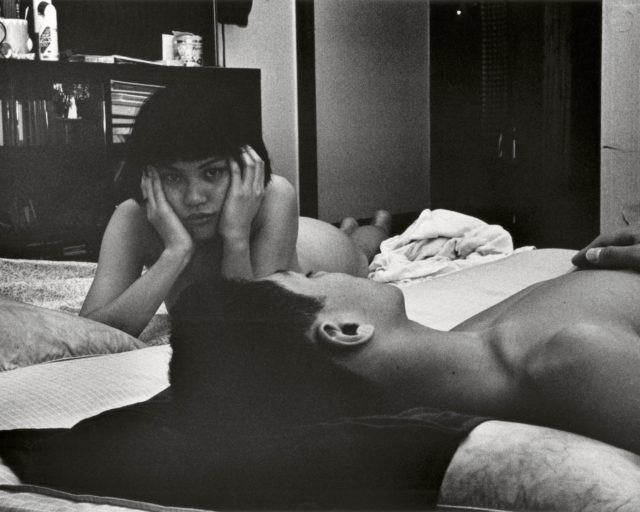In Praise of the Absurd
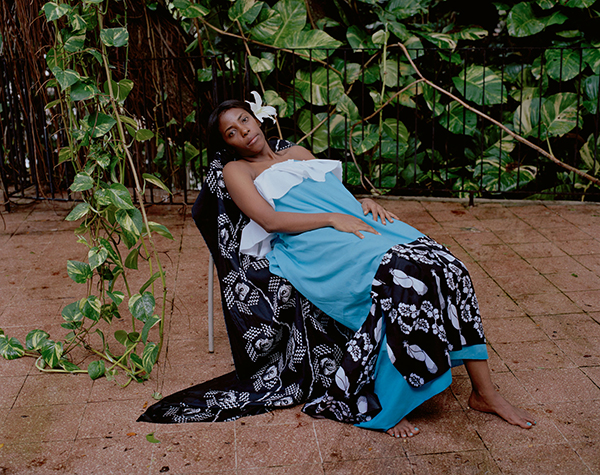
Rachelle Mozman, Yudri, 2016
Courtesy the artist
Panama City defies logic. On a bay facing the Pacific Ocean, flanked by its famous canal, the city’s steel-and-glass spires rise toward the sky. But signs of poverty and radical income disparity are conspicuous, as in the uncomfortable proximity of those high-rises to fishermen’s shacks. Lush vegetation alternates with aggressive construction, cosmopolitanism with a small-town mentality, and colonial history with the fervent wish to look forward. Vibrant yet chaotic, the place is a container for all manner of people, experiences, and journeys.
Fifteen years ago, in 2002, Panamanian art critic Adrienne Samos suggested, in Atlántica: Journal of Art and Thought, that local artists have traditionally shied away from their urban environments. Instead, she wrote, they looked toward folklore and the countryside for a common identity. By the early 2000s, however, artists and photographers, such as Gustavo Araujo, Jonathan Harker, and Brooke Alfaro, started focusing on “the city itself . . . the country’s cultural and social engine.” Still, Samos continued, “they mostly exclude overt political protest.”
In recent years, however, Panamanian artists working with photography have begun to engage in social and cultural critique. Many use humor and satire to address daily urban life, as well as of national history. The use of wit and the absurd have become important tools for artists in a city where general opinion is still conservative, money courses through the country in forms both legal and illegal, and the level of government corruption seems, at times, a joke. Artists, like most of the city’s citizens, operate in the space of contradiction between fondness and criticism for the urban space that surrounds them.

Darién Montañez, Feoclásico Punta Pacífica, 2010
Courtesy the artist
This sentiment is echoed in the work of Darién Montañez, a Panamanian artist with an expansive practice anchored in photography. Trained as an architect, Montañez coined the term feoclasicismo, or “ugly-classicism,” as a way to describe a hybrid style of architecture common in Panama City, which displays a penchant for excessive neoclassical ornamentation. He has a growing collection of photographs documenting this style. In a limited-edition photobook, he writes: “Where has this glorification of bad taste come from? Bad in its quality, bad in its malignity, and almost so bad it’s wonderful?” He wraps biting humor in a veil of tenderness for his city and its architectural acrobatics, and his fertile thinking extends across online platforms such as tumblr, WordPress, and Instagram.
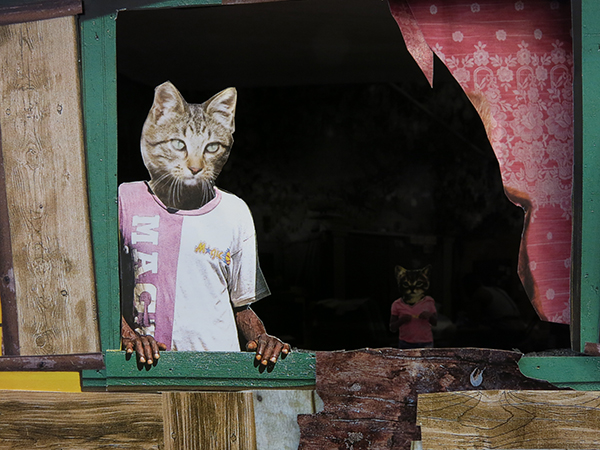
Pilar Moreno, Cuatro Gatos (detail), 2015
Courtesy the artist
Pilar Moreno is also preoccupied with urban absurdity. Her collage-dioramas depict imaginary cityscapes rooted in reality and are inhabited by anthropomorphized animals. Although radically different from mass media depictions of Panama City, the dioramas are “closer to the city that I see and know,” Moreno told me. “It is a city where any juxtaposition is possible. Where the extremes share and inhabit contiguous spaces without ever mixing. Social classes, ethnicities, religions, clothing, cultures, and languages separated by chasms of different kinds.” Her animal characters make uneasy scenes, depicting poverty, as well as excess, more palatable; meanwhile, her frequent use of cats adds a tongue-in-cheek twist that resonates with the Internet’s bottomless feline love. “Humor is a useful tool to approach a dialogue about themes and situations that are difficult or conflictive,” Moreno says. “I created a series of animal characters for the pieces and I think they allow a more detailed look at situations that are in some ways quite difficult.”
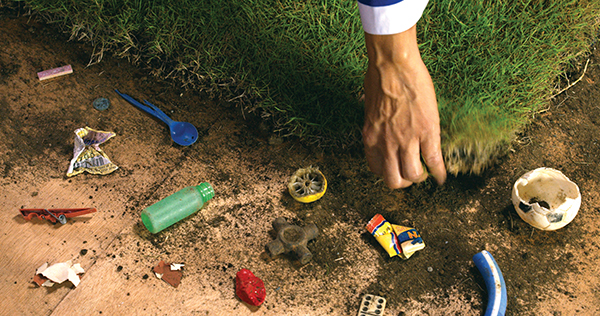
Donna Conlon and Jonathan Harker, Still from Under the Rug, 2015
Courtesy the artists and Diablo Rosso, Panama City
Similarly, artist team Donna Conlon and Jonathan Harker use their metaphorical videos to debunk the shiny images of Panama City found in glossy local publications or travel magazines. Striking in their use of common materials—bricks as puzzle pieces, beer bottles as musical instruments, or plastic bottle caps accumulated into a giant heap—and with acute attention placed on sound, the videos may at first appear unassuming, but reveal their potency through embedded metaphors and rich references. Finding inspiration in the physical and psychological chaos of the city, Conlon told me she has “long felt that Panama City feeds that place in me where dark humor meets analytic curiosity.”
The artists’ piece Under the rug (2015) addresses how a city’s attempts at reinvention can mean pushing aside anything that doesn’t fit into the manicured image of progress. In the video, two disembodied figures clad in campy, blue-and-red suits—the colors of the Panamanian flag—sweep all manner of things under a patch of grass. The brushing away of objects—which start out as small debris like discarded lottery tickets or dominos and grow to include broken plastic guns and beheaded dolls—comments on the country’s deficient environmental policies, but also alludes to the sloppy concealment of all sorts of public information. Invisible Hands (2014), where white-gloved conjure and then make cash disappear, as if by magic, is an even more direct condemnation of the practice of making things—money—disappear. Together, the videos suggest that hidden debris as well as secret sums will ultimately, inevitably, come to light.
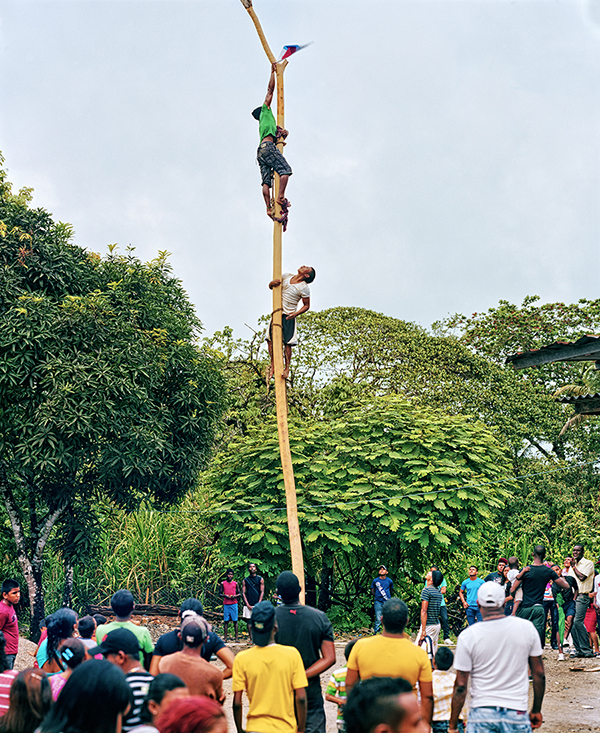
José Castrellón, Maria Chiquita, Colón, 2014
Courtesy the artist
The legacy of the Canal Zone, a U.S. territory until 1999, is still a subject of negotiation by historians and artists. Engaging with one chapter of its history, artist José Castrellón’s recent exhibition examined the photographs from the January 9, 1964, massacre. That day, local students who had attempted to place a Panamanian flag next to the American flag in the Canal Zone were shot and killed by U.S. military. The event marked a turning point in U.S.–Panamanian relations. Later that month, a stunning photograph by Stan Wayman from the ensuing riots was featured on the cover of Life magazine. In the photograph, students climb a lamppost to plant a flag on top. Now, over fifty years later, Castrellón juxtaposes this historic image—blown up, in a red frame—alongside his own photographs of men climbing a palo encebao’, or greased maypole, a folk custom in Panama. The photographs ask: Can the past be so easily reduced into a visual game?
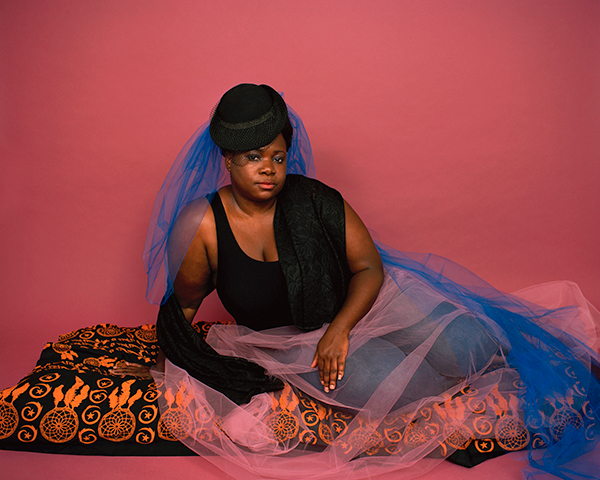
Rachelle Mozman, Ivory, 2016
Courtesy the artist
In her most recent work, She, as if Gauguin (2016), artist Rachelle Mozman also considers the colonial past through satire. Using photography, drawing, collage, and video, Mozman examines the myths surrounding French painter Paul Gauguin’s short time in Panama, particularly his search for “primitive life” and “racial purity,” as described in his book Noa Noa (1901). Mozman’s staged photographs poke fun at the trope of the exotic tropical beauty and imagine subjectivities for Gauguin’s muses. In a small country with a complex relationship to its past—and where photography-as-art only entered into the conversation within the last thirty years—the artist’s turn to humor is noteworthy. “Humor,” says Mozman, “is a defense and a way to cope with something disturbing or tragic.”












